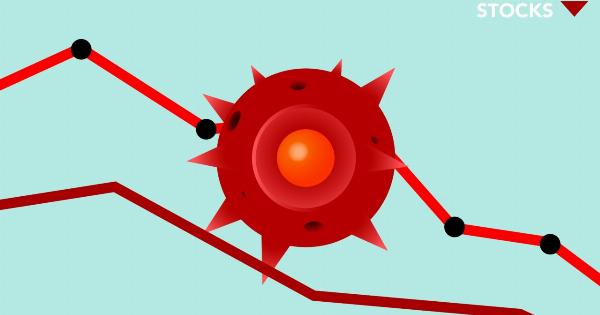Stroke is a medical condition that occurs when the blood supply to the brain is interrupted or reduced, resulting in the death of brain cells and potentially irreversible damage.
It is a serious health concern that affects millions of people worldwide and can lead to long-term disability or even death. While stroke is commonly associated with older adults, recent research has unveiled a concerning link between height and stroke risk, suggesting that tall children may have an increased likelihood of experiencing strokes later in life.
The study: Height and stroke risk association
A study published in the journal Stroke examined the correlation between height during childhood and the likelihood of suffering from a stroke as an adult.
The researchers analyzed data from over two million Swedish children, tracking their growth patterns from birth until adulthood. The study found that each additional 6.5 centimeters (around 2.6 inches) of height was associated with a 13% increase in adult stroke risk.
While the study established a strong connection between height and stroke risk, it is important to note that height is just one factor among many that contribute to the development of strokes.
Other determinants, such as genetics, lifestyle choices, and underlying medical conditions also play significant roles in stroke susceptibility.
Possible explanations for the height and stroke risk link
Researchers are still attempting to unravel the mechanisms behind the observed correlation between height and stroke risk. Several hypotheses have been proposed to provide insight into this phenomenon:.
1. Hemodynamic changes
Tall individuals often have longer arteries and larger blood vessels, which may lead to changes in blood flow dynamics.
These alterations can impact the overall functioning of the circulatory system and increase the risk of blood clots or plaque buildup, both of which are common causes of strokes.
2. Growth factors
Growth factors, such as insulin-like growth factor-1 (IGF-1), have a significant impact on physical growth and development. Recent studies have suggested that IGF-1 might also play a role in the development of cardiovascular diseases, including strokes.
Height could potentially be an indicator of higher levels of growth factors, which consequently increase the risk of strokes.
3. Social and environmental factors
Tall individuals often experience different social and environmental conditions compared to their shorter counterparts. Factors such as socioeconomic status, nutrition, and access to healthcare might contribute to both height and stroke risk.
These aspects could indirectly influence certain lifestyle choices or predispose individuals to medical conditions that increase the likelihood of strokes.
Lifestyle modifications to reduce stroke risk
While height is not directly modifiable, addressing other risk factors can help mitigate the overall stroke risk in both tall and short individuals. Some preventative measures include:.
1. Regular exercise
Engaging in regular physical activity can improve cardiovascular health, reduce blood pressure, and maintain a healthy body weight.
This approach is beneficial for everyone, regardless of their height, and can significantly decrease the chance of experiencing a stroke.
2. Healthy diet
Following a balanced diet consisting of fruits, vegetables, whole grains, lean proteins, and low-fat dairy products can reduce the risk of stroke.
It is important to limit the consumption of saturated and trans fats, sodium, and added sugars, as these can contribute to poor cardiovascular health.
3. Avoiding smoking and excessive alcohol consumption
Smoking and excessive alcohol consumption are known risk factors for stroke. Quitting smoking and moderating alcohol intake can improve overall health and greatly reduce the likelihood of stroke.
4. Blood pressure management
High blood pressure is a major risk factor for stroke, so it is crucial to monitor and manage blood pressure levels effectively.
This can involve medication prescribed by a healthcare professional, regular check-ups, and healthy lifestyle modifications.
Conclusion
The link between height during childhood and stroke risk in adulthood is a topic of concern and ongoing research.
While tall children may face an increased susceptibility to strokes, it is crucial to remember that multiple factors contribute to stroke development. Height alone is not a definitive predictor of stroke risk.
Individuals of all heights should focus on maintaining a healthy lifestyle, managing modifiable risk factors, and regularly consulting with healthcare professionals to reduce their overall risk of stroke.
By implementing lifestyle modifications and practicing preventive measures, individuals can take proactive steps towards safeguarding their long-term brain health.



























